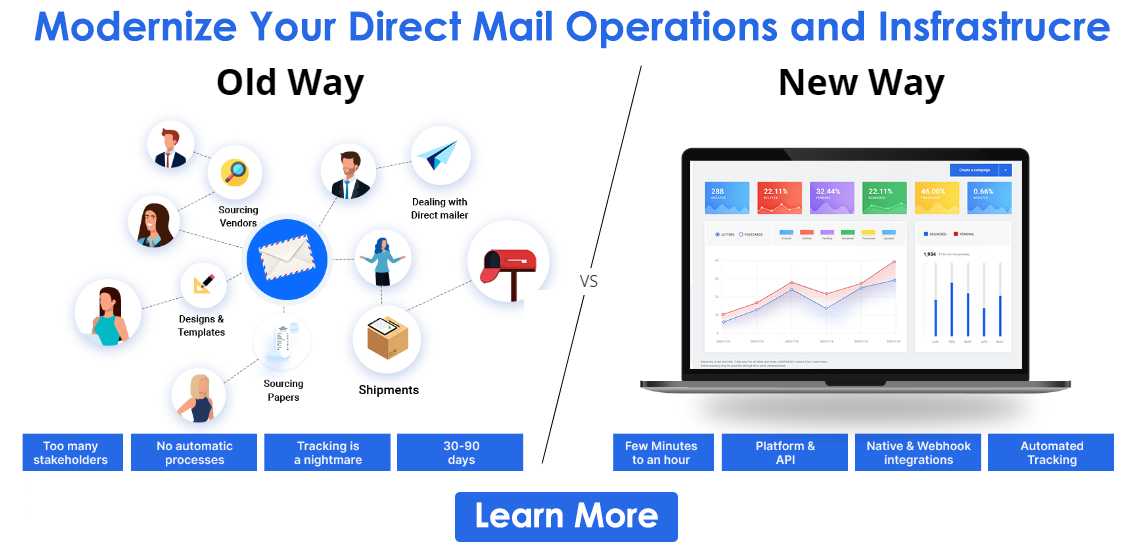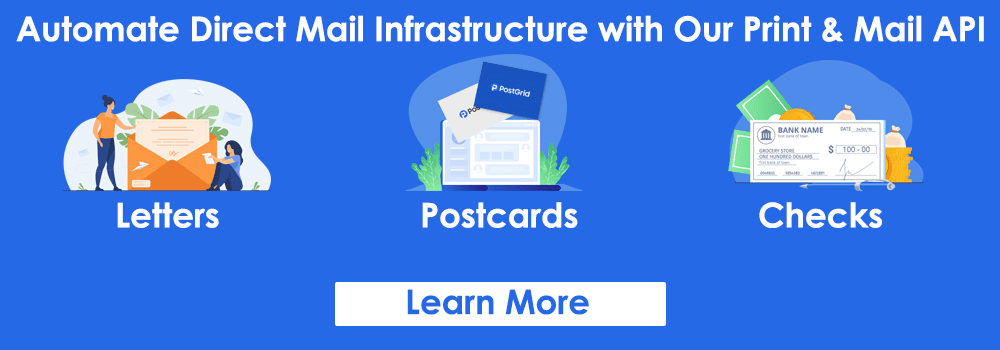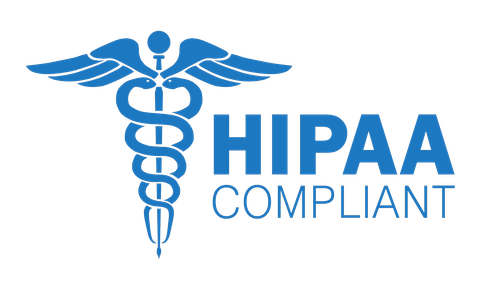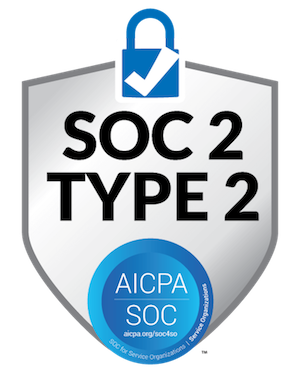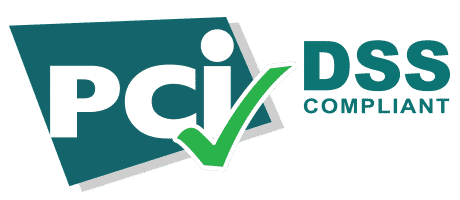
Understanding Positive Pay Service: A Secure Solution to Prevent Check Fraud
Check fraud activities are continually rising. Criminals are exploiting external vulnerabilities, such as mail theft, and internal loopholes in outdated handling processes. To combat this, banks have introduced a solution called Positive Pay. In this blog, we will walk you through everything you need to know about it. You will learn its benefits, how businesses can implement it, its limitations, and more.

Key Takeaways
- Positive Pay is a service offered by banks that protects businesses from check-related fraudulent activities.
- It is important that businesses send check issue files daily and ensure data accuracy to prevent false positives and delays in payment.
- It is crucial to be mindful of exception management because banks require businesses to approve or reject checks within a certain time window.
- There are different types of Positive Pay services, including traditional Check Positive Pay, Reverse Positive Pay, and ACH Positive Pay.
What is a Positive Pay Service?
It is a service that banks offer to detect fraudulent checks. It involves using an automated machine to compare the pieces presented during deposit with the list of those issued by the business.
How Does it Work?
- After signing up for the service, businesses hand over an issued checklist to the bank. These are the pieces that they have created in the last 24 hours.
- The file includes details like date, account number, check number, and dollar amount.
- The bank uses an automated Positive Pay system to match the details of the check presented for payment against the issuing file.
- If the details match, the bank will clear the check. Otherwise, they will send an exception report to the business.
- For the pieces sent for manual review, the business has to advise the bank to accept or reject the check.
- If the company is unable to send the list of the issued checks for the day, the bank rejects any presented pieces on that day until the business verifies them.
3 Ways Positive Pay Can Help Businesses in Check Fraud Prevention
Block Forged Check
There has been a sharp increase in mail-theft check fraud in the U.S. in recent years. According to the FinCEN Financial Trade Analysis report, the agency has received 15,417 BSA reports from 841 financial institutions. This amounts to more than $688 million in suspicious activity. Fraudsters either steal the check or intercept it during mailing. They may change the issue date, amount, or payee name to send funds to themselves. They can also use these details to create counterfeit pieces.
Positive Pay works as a deterrent in these situations. The bank will verify the details against the file. If someone alters the account number or amount, the system will detect the mismatch. They will flag the check for manual review before releasing the funds.
Internal Fraud Protection
Dishonest employees can try to issue unauthorized checks to themselves. This is very common in businesses that do not have any separation of duties. The issuance validation step of Positive Pay can mitigate this risk and its repercussions. If an employee tries to slip in an unapproved piece, the system detects it, and the bank notifies the business to conduct a manual review. After verifying, the company can inform the bank to reject the transaction.
Minimize Liability and Dispute Risks
Availing this service can strengthen your business’s defense in case of fraud. In case a crime occurs and you have not used Positive Pay, the bank might reject your claim, stating you did not take the necessary precautions. By enrolling for this service, you can shift the liability to the bank. This will be crucial when they have accidentally processed a check without your approval, which has led to fraud.
Additionally, there may be instances where the vendor or stakeholders might contest whether you have issued the check. The audit trail provided by this service will help you demonstrate which piece was authorized and when.
How to Implement Positive Pay Services?
Collect Necessary Data
The file must contain the following check details:
- Check Number: Ensures the unique identification of each check and prevents duplicates.
- Date: Detects stale or post-dated pieces for manual review.
- Amount: It ensures that there is no altered document.
- Account Number: This ensures that the transaction is routed and verified against the correct details.
Use Bank-Approved Positive Pay File Format
Every bank has a specific Positive Pay file format. Some of them are listed below.
- Comma-Separated Values: It includes rows of data separated by commas. For instance, 79865, 11/26/2024, John Smith, 3500.00, 2321432432. Banks prefer this format because it is compatible with most systems.
- Fixed-Length Text Files: Each file in the record occupies a fixed number of characters regardless of the actual data length. For instance, the account number field will require 10 characters. If the value is shorter, it is padded with zeros or spaces to fill the required length. Banks demand it because the automated system knows which character position belongs to which field. This makes it easy to parse every check, especially when dealing with a large number of them.
- Extensible Markup Language: It is a structured, text-based format that uses tags to define and organize data. It allows describing data hierarchically, which makes it machine-readable and human-readable. The use of tags reduces ambiguity during parsing and allows quick and easy validation.
Generate and Export Files
You can create the file using a spreadsheet tool, such as Excel or Google Sheets. You can export details from accounting software that has in-built Positive Pay support. You must ensure the following:
- The formatting should be consistent.
- Details like check number, amount, account number, and payee name must match your internal records.
- There should be no special characters or symbols unless the bank allows it.
- Do not add the currency sign unless specified.
- If you are sending the file via Secure File Transfer Protocol (SFTP) or email, make sure it is encrypted.
- Always retain a local copy or backup for audit purposes.
Submitting the List of Checks to the Bank
You can upload the file using online banking portals. If the number of issued checks is high, you can use SFTP. After this, the bank will send an acknowledgment receipt and run a format validation. They will notify you in case of any errors in the file. In case of mismatches, they will return the check.
What are the Limitations of Positive Pay?
Dependency on Timely Submissions
If the business fails to send the file before the bank’s processing window, the latter will not be able to match the records and cash the checks. This can lead to legitimate checks getting flagged for manual review. In the worst scenarios, the bank will outright reject the piece. This can impact the payroll timeline and sour vendor relationships.
Exception Management Can Be Time-Consuming
When the bank flags a check for manual review, businesses have to review it and approve or reject the transaction. Typically, they have to complete it within a strict cutoff time or the bank will return the piece. Missing this window can cause legitimate payments to bounce. If a company issues a high volume of pieces and has a limited staff for reviewing, this can cause costly delays.
Bank-Specific Systems and Lack of Standardization
Each bank has its requirements for the structure of the Positive Pay file. Some will demand CSV, while others accept only XML. Additionally, submission methods might also vary. Some may use web portals, while others will require SFTP or email. This lack of uniformity creates challenges for banks that have relationships with multiple banks. They will have to rebuild their integration and retrain the team for each environment.
Check Positive Pay vs Reverse Positive Pay vs ACH Positive Pay
| Factors | Check Positive Pay | Reverse Positive Pay | ACH Positive Pay |
| Applies to | Paper checks | Paper checks | Electronic ACH debits |
| How It Works | Business submits a check issue file to the bank. They compare it with the present pieces and clear the ones that match. | The bank presents a list of checks they have received in 24 hours to the business. They review it and tell the bank to either pay or return it. | Business sets up rules and filters for the approval of ACH transactions and shares them with the bank. The latter monitors every incoming transaction and approves or flags it for manual review based on the matches. |
| Timing of Review | Before the bank clears the checks. | After the bank processes the checks. | Before the bank posts the ACH debits. |
| Best For | Businesses that issue frequent checks. | Companies with low check volume. | Businesses that receive frequent ACH debits from vendors. |
Use PostGrid Check API to Prevent Fraud
There is no doubt that Positive Pay is an excellent fraud detection service. However, to further minimize the possibility of any check-related crime, your internal issuance process should be secure and traceable. This is where our Check API can help. We offer automated printing and mailing with built-in controls. We create each check following bank-grade security measures, with tamper-evident printing features. We also log the details on the dashboard for complete transparency. To see how we can secure your check payment, talk to our sales team now.
FAQs
Is Payee Positive Pay Different From Positive Pay?
In addition to the check number, date, and amount, Payee Positive Pay also compares the payee’s name against the check-issued file. It can help detect fraud in situations when criminals alter the person’s name but keep the other details intact to bypass the traditional Positive Pay system.
Are There Any Positive Pay Fees, or Do Banks Offer The Service for Free?
This depends on the bank and your relationship with them. Some offer this service free of cost to attract new customers, while others charge a fee ranging between $25 and $100 per account. You might also have to pay for setup, exception handling, file upload, and transactional fees for each check.
How Should I Manage Positive Pay Exceptions?
The bank will send you an exception list consisting of the necessary details of the check. Match it with our internal records. In case there are minor errors, such as formatting issues, you can approve them. If it appears altered or unauthorized, alert the bank to decline it. Make sure you keep a record of all the exception handling for auditing purposes.
What Type of Businesses Can Use Positive Pay?
This fraud detection service is advantageous to any business with the following requirements:
- Issuing a high volume of checks
- Managing multiple accounts
- Operating in industries prone to payment fraud, like healthcare and financial services
Is There a Risk of False Positives With the Positive Pay System?
If the check details do not match the issued file due to formatting errors, typos, or missing fields, the bank will flag it for manual review and reject it. This is why accuracy and consistent formatting are important when generating files.


